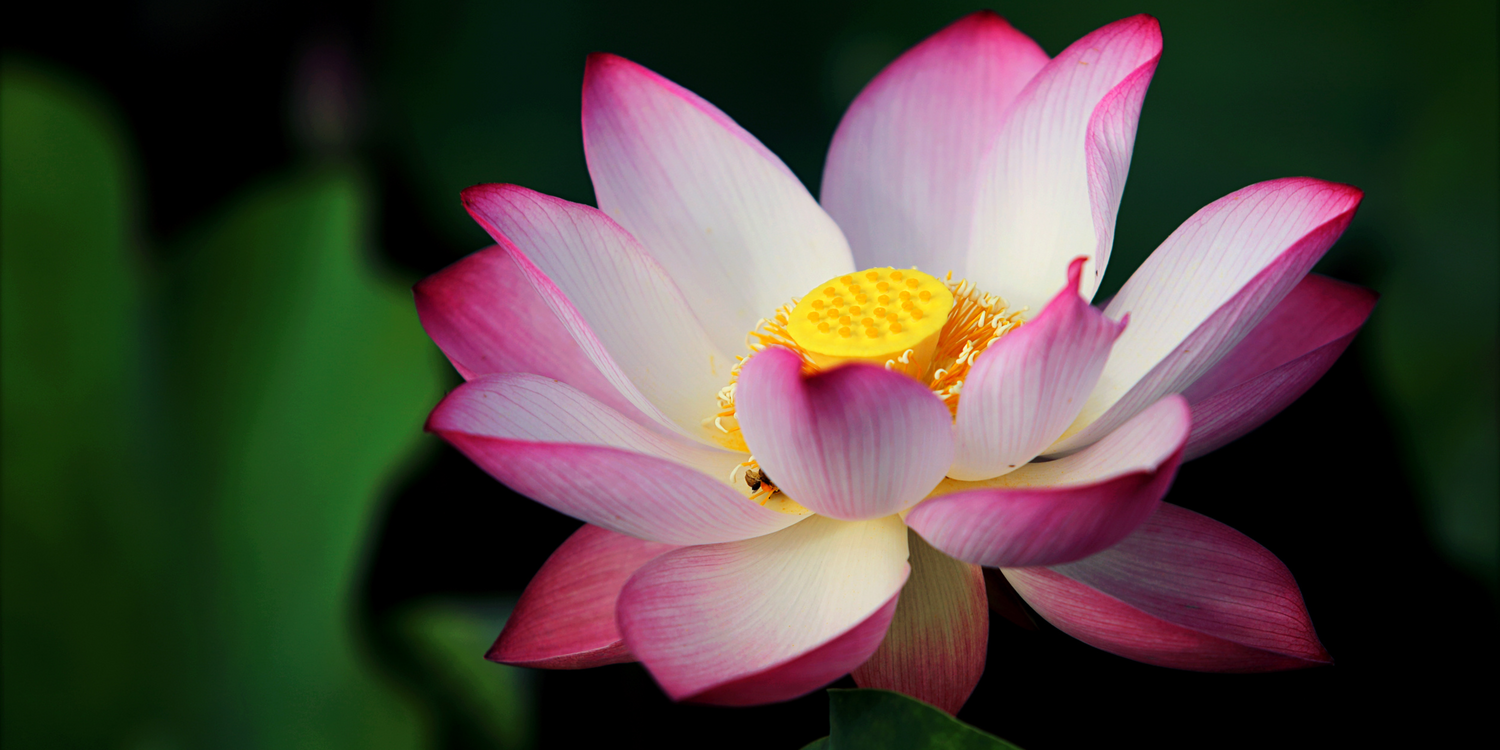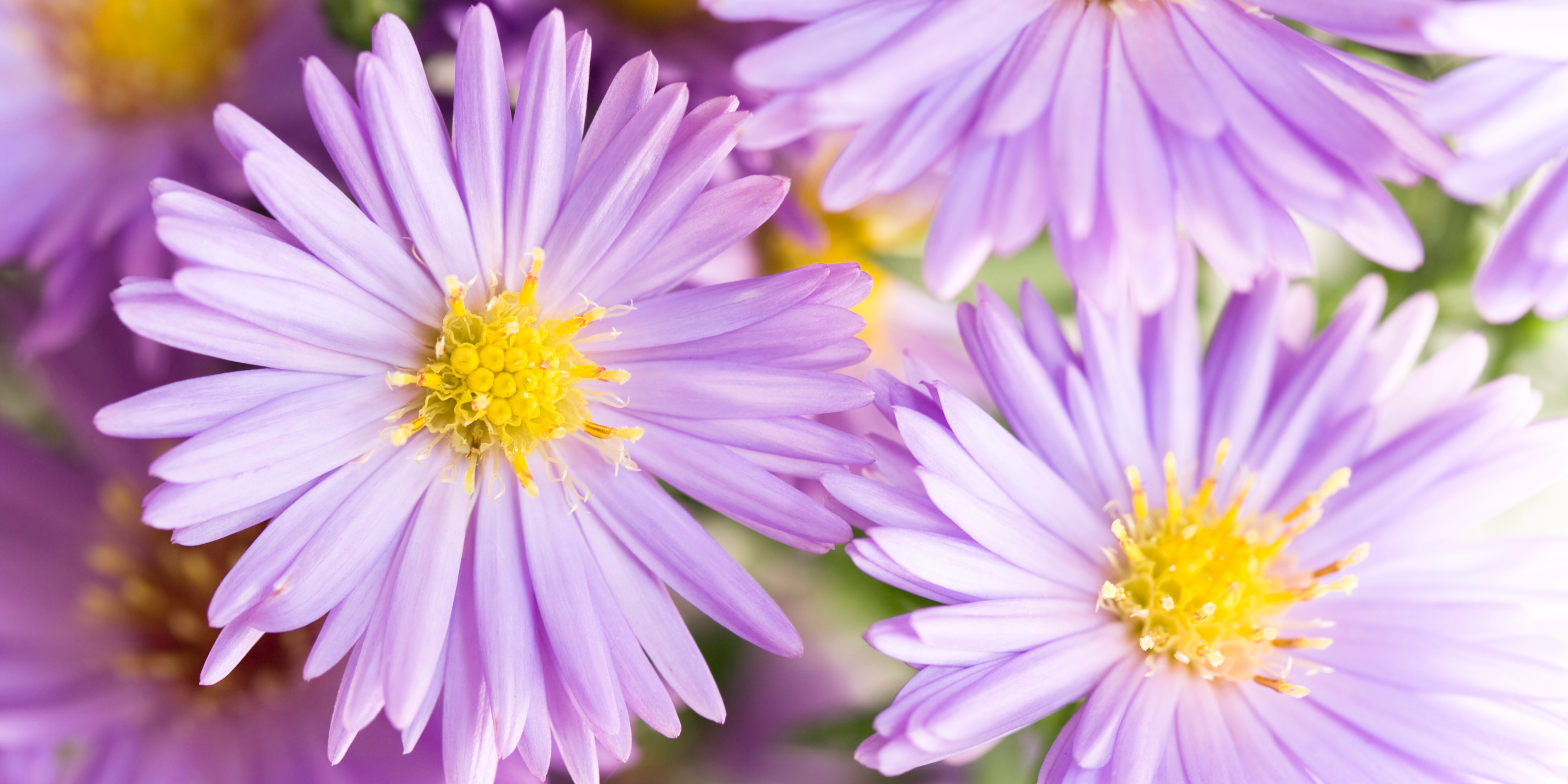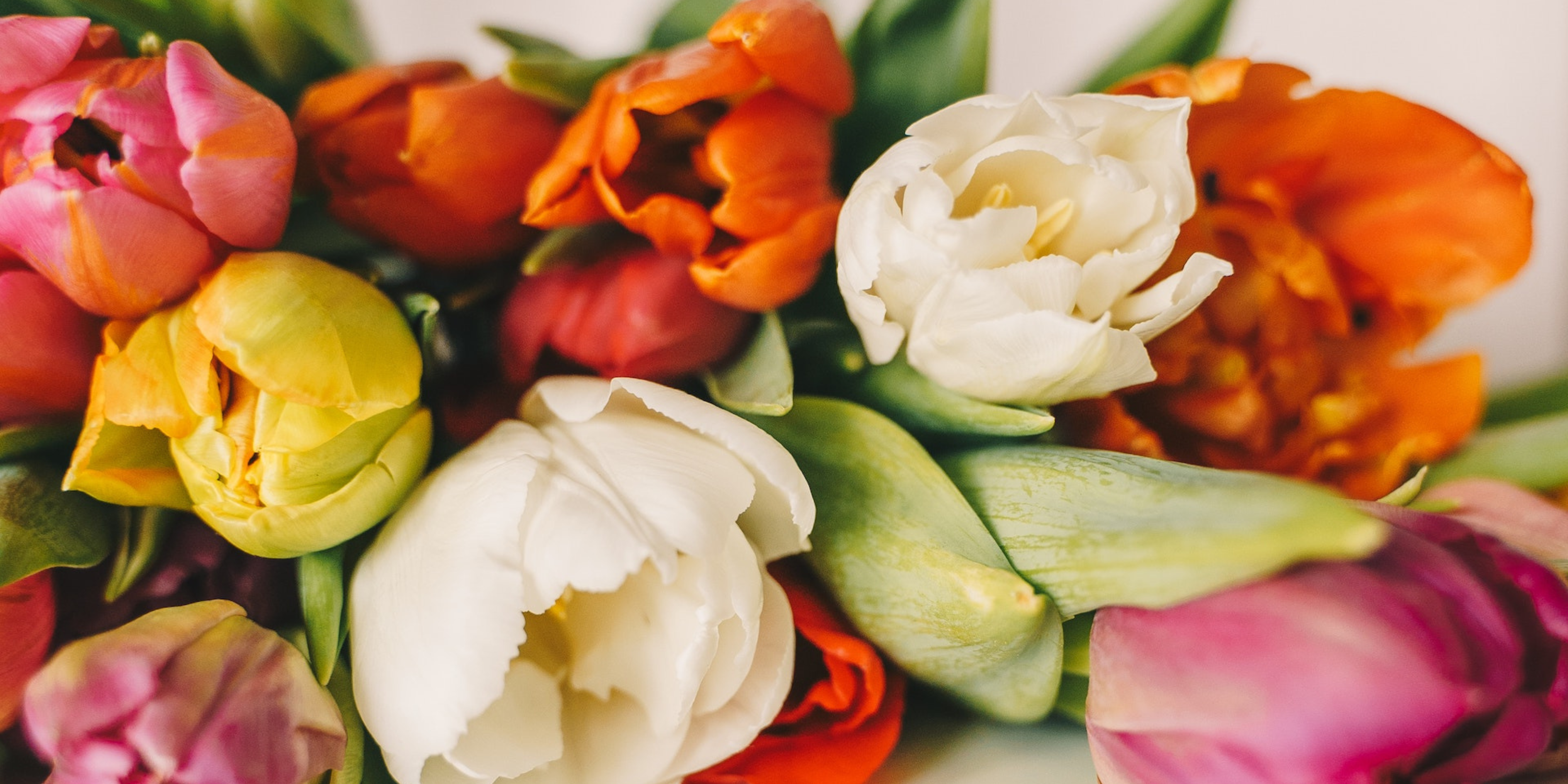The lotus flower is a beautiful and intriguing plant that has been held in high esteem throughout history. It has several important symbolic meanings, which vary depending on the culture.
Lotus flowers are also interesting from an aesthetic point of view. Their graceful beauty and stunning colours allow them to stand out from other flowers. And, of course, the fact that lotuses grow in water only adds to their mystique!
If you’re interested in learning more about the meaning and symbolism of the lotus flower, read on for some fascinating insights.
Lotus Flower Meaning & Symbolism

The lotus flower has a variety of different meanings in different cultures. In general, however, the lotus is seen as a symbol of purity, spiritual enlightenment, and rebirth. It is considered sacred in Eastern cultures.
Buddhism
In the Buddhist tradition, the lotus flower is associated with Buddha himself. Just as the lotus flower emerges from the mud but remains untouched by it, the Buddha rises pure and untouched by the negative aspects of the world and achieves enlightenment.
The white lotus flower symbolises the purity of body, mind and spirit, while the pink lotus represents Buddha himself.
Hinduism
Lotuses are associated with the Hindu goddesses Lakshmi and Vishnu. Both are often depicted sitting on a lotus flower throne or holding lotuses in their hands.
In Hinduism, the lotus represents spiritual enlightenment, beauty, fertility, purity, prosperity and eternity. It is said that there's a lotus flower in every Hindu's heart, and that when this lotus blooms, the person achieves enlightenment.
The lotus is also an important symbol in the Hindu tantric tradition. In tantra, lotuses represent the energy centres in the body, known as chakras. Each chakra is represented by a lotus with different numbers of petals. The first chakra or the root chakra, located at the base of the spine, is represented by a lotus with four petals, while the seventh and final chakra, also called the crown chakra, is located at the top of the head and has a thousand petals.
Ancient Egypt

In Ancient Egypt, the "lotus" was a symbol of rebirth and regeneration and had close connections with the sun. Lotus flowers bloom in the morning and close at night, only to bloom again the next day. This cycle was seen as a metaphor for the cycle of life, death and rebirth.
The blue lotus was particularly revered. It once grew in abundance along the Nile River's banks, and was seen as a symbol of fertility and abundance. Today, the flower is endangered.
Lotus flowers feature prominently in Ancient Egyptian art, often being depicted alongside Pharaohs and gods. They also feature in hieroglyphs, which were used as a form of writing in Ancient Egypt, in tombs and temples.
However, the Egyptian lotus is not actually a lotus at all, but rather a type of water lily. The blue lotus' scientific name is Nymphaea caerulea while the white Egyptian lotus' name is Nymphaea lotus—confusing, right?
And on that note...
Lotuses vs Water Lilies: What's the Difference?

You might think that lotuses and water lilies are the same, or that they'd at least be in the same family, but this is not the case. Lotuses belong to the family Nelumbonaceae, while water lilies are in the family Nymphaeaceae.
Lotuses and water lilies do share some similarities in appearance, but there are notable differences between them. The biggest difference is in the way the plants grow. Water lilies tend to float above the surface of the water. Lotuses, on the other hand, submerge their roots in mud at the bottom of the lake or pond, while their stems, leaves and flowers emerge from beneath the water.
Water lilies have a greater colour range than lotuses. Lotuses are generally white or pink but may also be red or yellow, while water lilies come in a rainbow of white, pink, red, yellow, orange, purple and even blue hues.
Lotuses also tend to be larger than water lilies. And, while both flowers are beautiful, lotuses are generally considered more elegant and graceful.
And while the water lily may not have as much religious significance as the lotus, it is the birth flower of the month of July!
Lotus Flower History & Insights

The lotus flower has been around for a very, very long time. In fact, lotus fossils have been found that date back to over 100 million years ago!
Lotus flowers fall under the genus Nelumbo, which contains just two living species of aquatic plants, both of them lotuses. These are:
- Nelumbo nucifera—This is the better-known species of lotus. It's native to much of Asia, including India, China and Vietnam, and can be found in parts of Australia, as well. This particular species is often called the "Sacred Lotus", because it's the species that has been revered in Buddhism and Hinduism religious traditions for centuries.
- Nelumbo lutea—The second living lotus species is Nelumbo lutea, which is native to North and Central America. This species is not as well known as Nelumbo nucifera, and doesn't have the same religious significance. It's also sometimes called the "yellow lotus", owing to its yellow petals, and the "American lotus", for obvious reasons.
Despite their delicate appearance, lotuses are actually incredibly hardy plants. Their seeds can survive underground for hundreds, if not thousands, of years. That's how the lotus flower survived the last Ice Age! If conditions aren't favourable for germination, even if the plant's roots have all been destroyed, the seeds can remain viable. They will simply wait, remaining dormant until the time is right to sprout anew.
The lotus's closest living relatives are from the family Proteaceae, another family of hardy plants, which includes our own native banksia, hakea, grevillea and macadamia.
Interestingly, lotus seed pods can be a trigger for trypophobia—a fear or revulsion of patterns of small holes.
The lotus is also the national flower of both India and Vietnam.
What is the "Lotus Effect"?

Lotus leaves are superhydrophobic, meaning they repel water (they make very efficient umbrellas).
As water droplets fall upon the leaves, they gather up dirt and other foreign materials as they roll off the surface, allowing the leaves to self-clean.
This behaviour in nature is termed the "lotus effect", and it's something scientists and engineers have begun trying to replicate to create more water-repellent fabrics.
Lotus Flowers in Medicine & Cuisine

All parts of the lotus plant are edible.
Lotus root is a popular ingredient in various Asian cuisines and can be eaten raw, cooked or pickled. It's often used in soups and stir-fries.
In China, Korea and Vietnam, lotus tea is a popular beverage that can be made by steeping the flowers or leaves of lotus flowers.
Lotus seeds are sometimes used in traditional Chinese medicine. They're said to have a calming effect and be helpful in treating anxiety and insomnia. Lotus root is also said to have a range of health benefits, including aiding digestion and helping to regulate blood sugar levels.
Lotus flowers can also be used as a natural food colouring. When lotus flowers are dried and ground into a powder, they produce a beautiful pink colour that can be used to tint beverages or desserts.
Indigenous Australians also consumed parts of the lotus plant. The flower produces fruit between January and July, which can be eaten. Lotus seeds can be ground into a flour-like substance to make damper, a traditional kind of bread eaten around campfires. Even the stems can be eaten, with a taste reportedly similar to celery.
***
From featuring in religious iconography to becoming the national flower of not one but two countries, the lotus flower has definitely proven itself to be one important bloom!
If you loved this guide to lotus flowers, you might enjoy learning about gladioli or asters as part of our Flower Insights series.
Alternatively, if you're looking to buy flowers for a birthday, anniversary, Mother's Day, Valentine's Day or any other special occasion, be sure to check out our range.
Or you can explore our Flower Delivery Melbourne, Flower Delivery Perth and Flower Delivery Sydney collections to see what flowers we can deliver to these locations.



